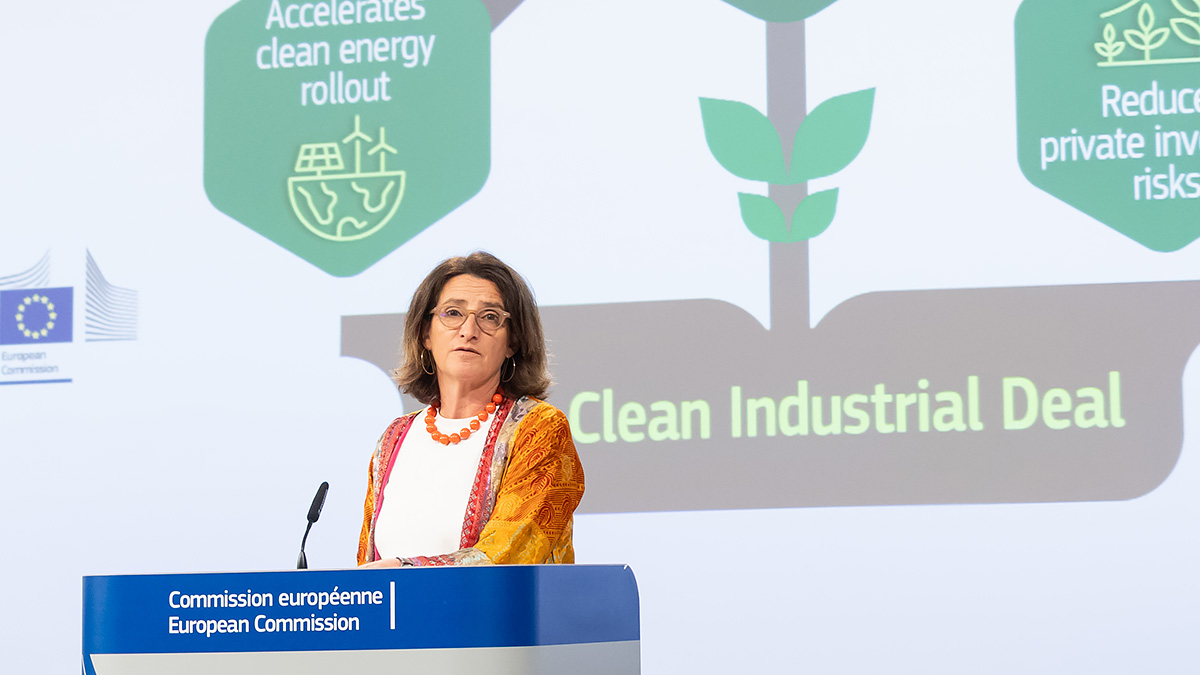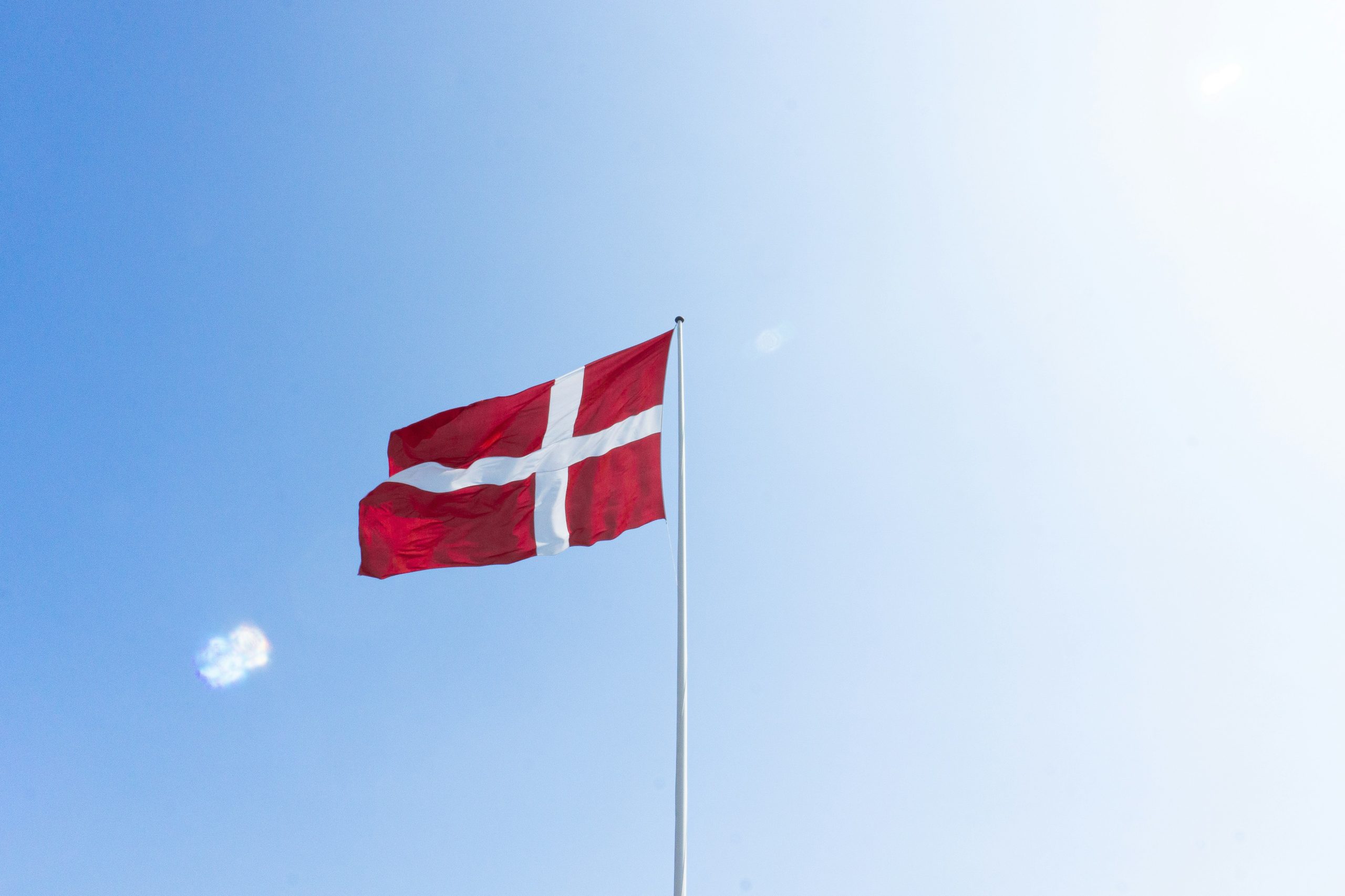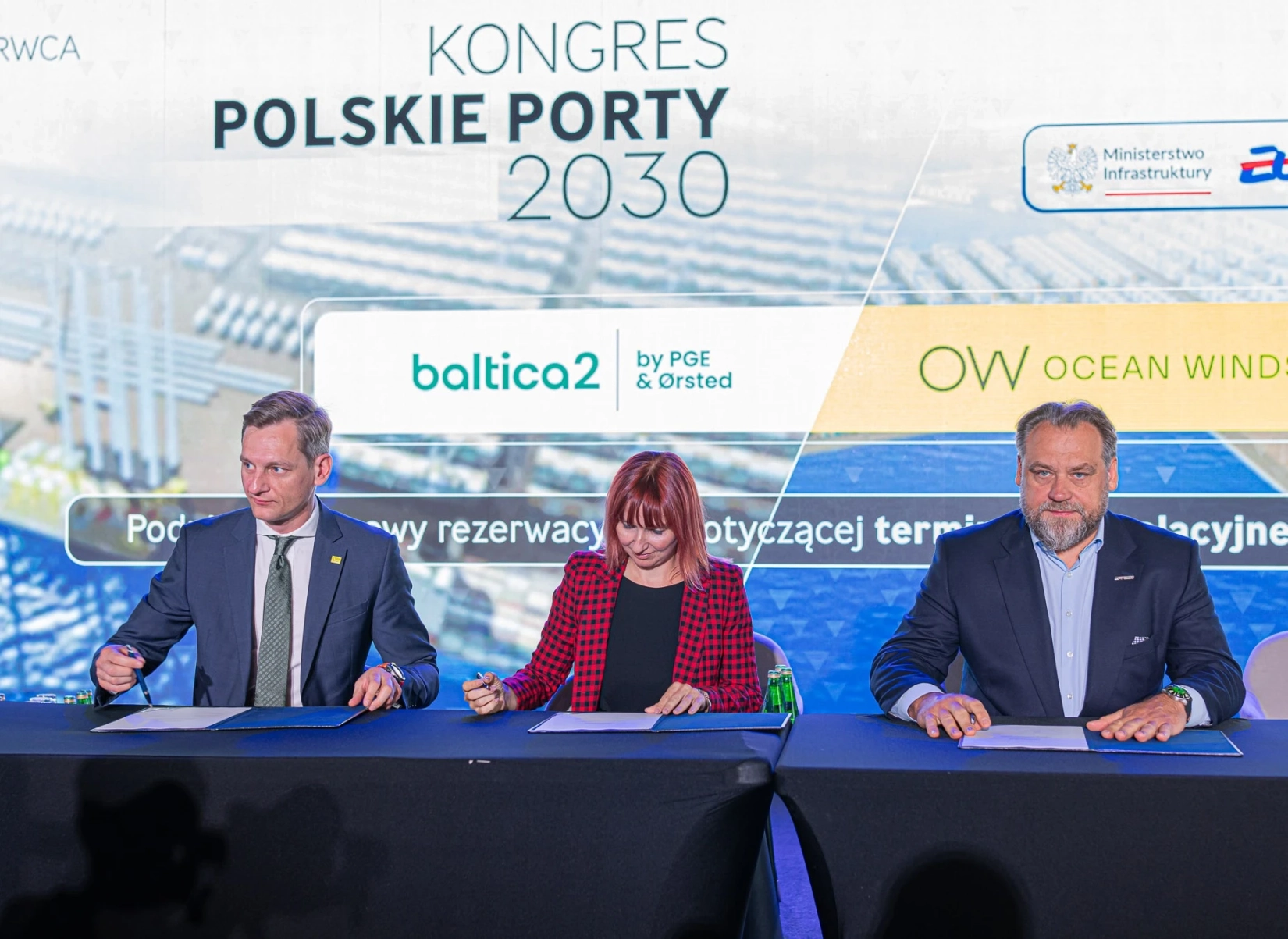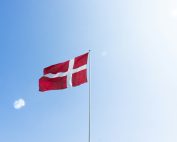Lithuania’s Ministry of Energy is inviting for public consultations on alternative solutions for the environmental impact assessment (EIA) of offshore wind farms to be built in the Baltic Sea.
The Ministry of Energy has entered into an agreement with “Pajūrio tyrimų ir planavimo institutu” (Pajūrio Research and Planning Institute) to conduct an environmental impact assessment of wind power plants to be built in Lithuania’s maritime territory.
According to the Lithuanian ministry, the EIA results are needed to prepare tenders for permits and support for wind farm development in the Lithuanian maritime area.
We recall that on 22 June 2020, a resolution of the Government of the Republic of Lithuania was adopted, which defined a part of the Lithuanian maritime territory where a tender should be held for the development and operation of wind power plants with a capacity of up to 700 MW. The first auction will be held at the end of 2023.
In order not to limit the optimal distribution of wind farms in the area approved by the government resolution, the EIA program stipulates that the wind farm model to be used for the EIA, the location of wind farms in the area and the number of wind farms will be determined after detailed wind speed measurements, which are scheduled for 2022-2023 – the ministry reports.
The Lithuanian government invites wind power generators, wind power project developers and all interested parties to submit proposals and comments on the wind power plant options selected for the EIA. The collected proposals will help assess the needs and expectations of stakeholders with regard to the environmental impact assessment of offshore wind farms. Proposals can be submitted until 5 July 2022.
Based on the parameters listed in specification of the relevant terms of the contract, the ministry has developed the following wind farm models:

Source: Ministry of Energy of Lithuania
At the initial evaluation stage we consider the wind turbine models currently available on the market, ranging from 8 MW to 16 MW, while at the time of the development of said project wind turbines of up to 20 MW, or more, should be expected. The height of an offshore wind farm with this capacity can range respectively from 140 to 300 meters and depending on the model’s performance, the number of offshore wind farms in the area can initially range from 87 to 43, the ministry reports.













